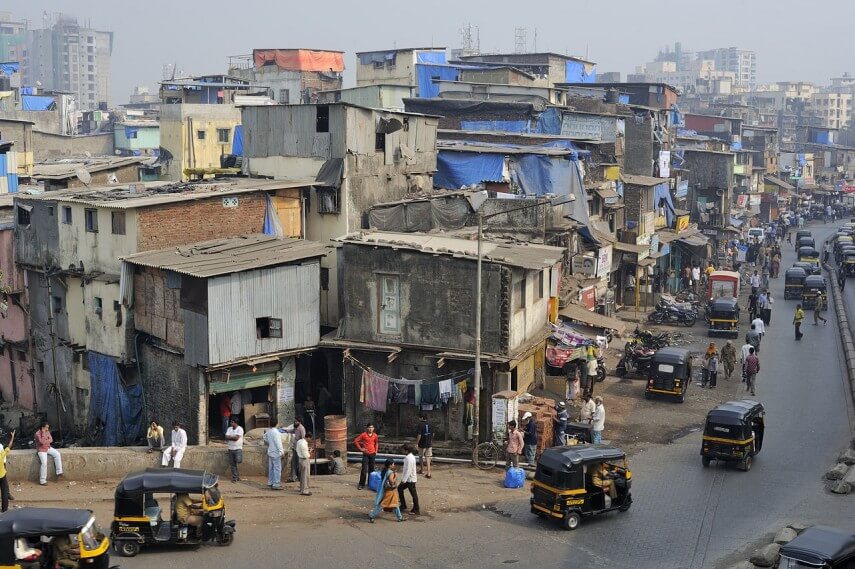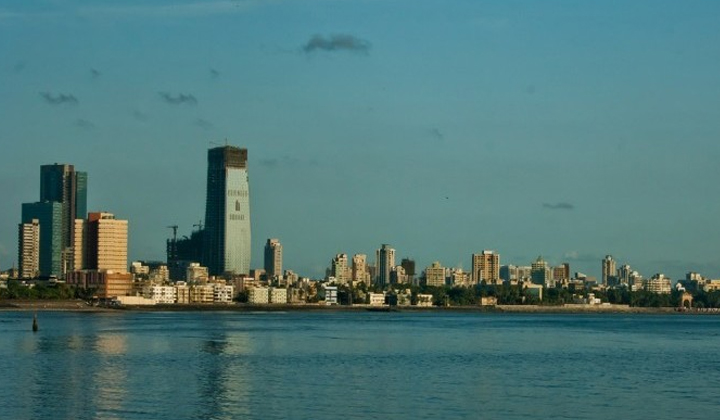Trending Now
- Action should be taken against the cops who protect the Ganja accused in TN : PMK leader Anbumani Ramdoss
- Votes that go to Congress or INDI alliance is a waste : PM Modi
- Court grants one-day custody to police to investigate Youtuber Savukku Shankar.
- We actually got our independence only in 2014. The independence to change this country as it should be : Actor , politician, Kangana Ranaut
Real Estate
7 Facts You Probably Did Not Know About Dharavi
![]() March 27, 2016
March 27, 2016
Shanu
Here are seven facts you probably did not know about India’s most famous slum, Dharavi.
Dharavi is a standing testament to the fact that there is more to “housing” than meets the eye
When the redevelopment of Dharavi, a slum area in Mumbai, is being widely debated, one has to remember that Dharavi is more prosperous than the beautiful villages its inhabitants left behind. Best-selling author Gurcharan Das recently argued that India’s smart city mission should be inspired by the sprawling slum of Dharavi in Mumbai and not by leafy Chandigarh. Congress Vice-President Rahul Gandhi, too, believes that “Make in India” will not succeed unless “Make in Dharavi” is protected.
According to the latest redevelopment plan for Dharavi opposed by architect Mukesh Mhata, each household will receive 269 square feet of land. This is extremely low, and close to the current average floor space consumption in Mumbai. As early as 2013, many shanties in Dharavi cost over Rs 1 crore. Yet, most residents of Dharavi would prefer to live there than in a faraway suburb where they can afford more spacious homes. The reason is that Dharavi is close to Bandra-Kurla Complex, Mumbai’s de facto central business district (CBD), and other central areas in the city.
Proximity to amenities matter more to people than housing that meets minimum standards of the government. Low-income households find transportation costs too high. Time is valuable, even for low-income households. They also do not like commuting many hours to reach their workplace. What they need is not better housing alone, but the whole package-deal that compels them to live in a slum in the heart of a city.
Dharavi is more entrepreneurial than many developed countries
Harvard economist Edward Glaeser claims that Dharavi is the most entrepreneurial place he has ever been to. Even though there are no accurate estimates, according to a survey, among the urban Indians who worked, 43 per cent were self-employed, while no metropolitan area in the United States had more than 11 per cent of the people being self-employed. Dharavi is more entrepreneurial than other urban areas in India.
The reason is perhaps that activities in Dharavi are not within the ambit of the formal economy. The formal economy in India is strangulated by regulations, while Dharavi lets their entrepreneurial spirit free. Moreover, Dharavi attracts people who are quite willing to leave hinterlands and migrate to the midst of India’s most enterprising city.
Dharavi is safer than slums in more prosperous cities
Many urban policy experts point out that Dharavi is safer than slums in cities like Brazil’s Rio de Janeiro. Edward Glaeser points out that Dharavi is safer than low-income areas of New York of the 1970’s. The reason is that the people in Dharavi tend to watch over one another. When people are always watching over each other, there is less opportunity for crime. There is perhaps a more interesting explanation for this.
Evolutionary psychologist Satoshi Kanazawa thinks that crime rates are higher in the US, while the individualistic US produces the largest number of Nobel laureates. In conformist Japan, there are fewer criminals and fewer Nobel Prize winners. This is because individualistic societies are more creative and more crime-ridden at the same time. But, conformist societies like Japan and India produce fewer criminals and Nobel Prize winners because when people watch each other’s back, people are less likely to be extraordinarily creative. They are also less likely to resort to crime either. Geniuses and criminals are risk takers.
Dharavi is not Asia’s largest slum
The popular perception is that Dharavi is Asia’s largest slum. But, Asia’s largest slum, as many have pointed out, is Orangi Town in Northern Karachi. Even many slums in Mumbai that are constituted by many contiguous plots of land are larger than Dharavi.
Dharavi is more prosperous than much of rural India
Even though estimates widely vary, Dharavi’s economy is worth anywhere from $600 million to $1.6 billion, or even higher. Many small scale industries flourish in Dharavi. Dharavi is also densely populated, which allows more intense interaction and trade than in most other parts of India. Dharavi is also in Mumbai, India’s gateway to the rest of the world. Moreover, there are many potential employers in Dharavi that allows people to be on their feet even if they lose their means of livelihood. This matter to low-skilled members of low-income households in Dharavi.
Dharavi is “green”
In Dharavi, used plastic is sorted through. Used syringes, too, are recycled in Dharavi. Dirt is transformed into pots in Dharavi. By conventional standards, environmentalists should consider Dharavi green. But, few of them would find this slum inspiring.
Dharavi is low-rise, but still denser than most parts of Mumbai
Most buildings in Dharavi are two floor or shorter. Dharavi is uniformly low-rise. One of the most popular arguments against high density building in Mumbai is that high-rise buildings do not respect the nature of the city and its ecosystem. But, few such proponents of low-density building will consider Dharavi’s success as an argument for low-density building.
























